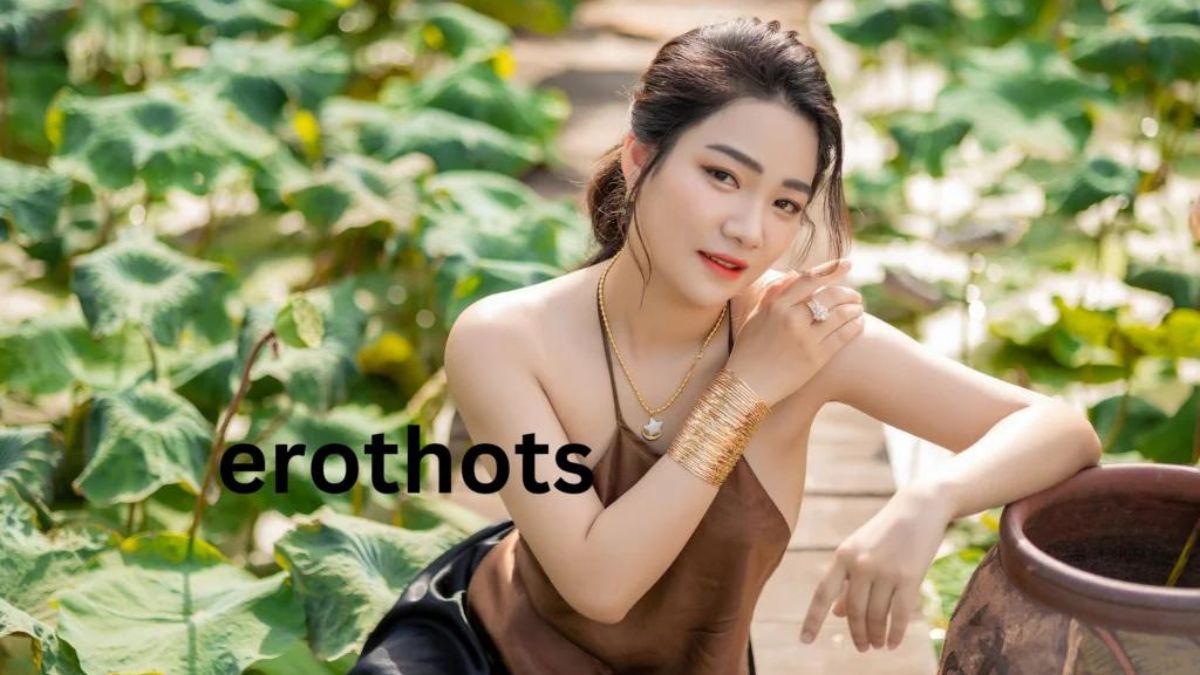TRAVEL
Anheihe: The Taoist Concept of Harmonizing Light and Darkness

Anheihe finds its roots deep within Taoist philosophy, a system that emphasizes balance and harmony in all aspects of life.
This ancient belief highlights the duality of existence—light and dark, yin and yang. Anheihe embodies this principle by encouraging individuals to embrace both sides rather than favoring one over the other.
Taoism teaches that light represents clarity, joy, and growth, while darkness signifies introspection, rest, and transformation. Together, they create a complete cycle essential for personal development.
In exploring these concepts through texts like the Tao Te Ching and Zhuangzi, practitioners gain insights into navigating life’s complexities. The wisdom embedded in Anheihe invites us to recognize our own inner contradictions as part of our journey toward wholeness.
This philosophy serves as a guide for those seeking equilibrium amid chaos. It encourages an authentic understanding of ourselves in relation to the world around us.
Balancing Light and Darkness in Life: Taoist Practices
Taoist practices emphasize the importance of balancing light and darkness. This balance reflects the dualities present in nature and within ourselves.
Meditation is a core practice. By quieting the mind, individuals can connect with their inner selves. This connection helps them understand their emotions, both positive and negative.
Another approach is Tai Chi. This gentle martial art harmonizes body movements with breath, promoting energy flow while grounding practitioners in the present moment.
Additionally, rituals like incense burning honor both yin and yang energies. The scent creates an atmosphere conducive to reflection on life’s contrasts.
Nature walks also play a role in achieving this balance. Observing seasonal changes reveals how light and darkness coexist beautifully throughout life cycles.
Embracing these practices invites awareness of our own internal struggles while fostering acceptance of all aspects of existence.
Applying Anheihe in Modern Society
Anheihe offers a refreshing lens through which to view contemporary challenges. In today’s fast-paced world, we often find ourselves overwhelmed by the constant pull of obligations and expectations. This is where the balance between light and darkness becomes crucial.
Incorporating Anheihe into daily routines can foster resilience. Consider moments of stillness amidst chaos, allowing for reflection on both successes and setbacks. Embrace dualities; recognize that joy often coexists with sorrow.
Social interactions also benefit from this philosophy. By acknowledging diverse perspectives, we cultivate empathy and understanding in our communities. Each conversation can become an opportunity to harmonize differences rather than exacerbate conflicts.
Workplaces too can thrive under Anheihe principles. Encouraging collaboration while valuing individual strengths creates a balanced environment where creativity flourishes alongside structure. Through these applications, society not only evolves but also nurtures its members holistically.
The Impact of Anheihe on Mental Health and Well-being
Anheihe offers a transformative approach to mental health. By embracing the balance of light and darkness, individuals learn to accept all aspects of themselves.
This acceptance fosters resilience. When people acknowledge their struggles alongside their strengths, they cultivate a more holistic sense of self.
Practicing Anheihe encourages mindfulness. It invites reflection on one’s emotions and thoughts without judgment, promoting clarity in challenging times.
Moreover, integrating Anheihe into daily routines can reduce anxiety. The act of harmonizing opposing forces brings peace amidst chaos.
Communities that embody these principles often see improved social connections too. Sharing experiences related to both joy and sorrow deepens bonds among individuals.
Anheihe nurtures emotional intelligence. This awareness empowers people to navigate life’s complexities with grace and understanding.
Embracing the Concept of Anheihe: Tips and Techniques
To embrace Anheihe, start by cultivating awareness of your inner state. Journaling can help you identify moments when light and darkness manifest in your thoughts and feelings.
Meditation is another powerful tool. Set aside time each day to reflect on the balance between joy and sorrow in your life.
Engage with nature regularly. A walk in a park or forest allows you to connect with both vibrant energy and serene stillness.
Incorporate yin-yang symbols into your living space as reminders of harmony. These visuals can inspire balance in daily routines.
Practice gratitude by acknowledging both positive experiences and challenges. This mindset fosters acceptance of life’s dualities while promoting personal growth.
Share this philosophy with others through conversation or workshops. Discussing Anheihe creates community support for navigating life’s complexities together.
Conclusion
Anheihe offers a profound lens through which we can view our lives. This Taoist concept encourages us to embrace the duality of light and darkness, recognizing that both play vital roles in our existence. By understanding the origins of Anheihe, we tap into ancient wisdom that continues to resonate today.
Incorporating practices rooted in this philosophy allows for greater balance and harmony within ourselves. Whether through meditation, mindfulness, or simple reflection on daily experiences, these techniques empower us to navigate life’s challenges with grace.
As modern society evolves, applying Anheihe becomes increasingly relevant. We face constant pressures and demands that push us toward extremes. Yet by embracing this equilibrium between light and dark, we create space for healing and growth.

-

 FOOD10 months ago
FOOD10 months agoSure! Here are seven engaging blog post titles related to the concept of a “retail food product
-

 GENERAL9 months ago
GENERAL9 months agoTroubleshooting Common VRChat Login Issues: Tips and Tricks
-

 INSURANCE9 months ago
INSURANCE9 months agoNavigating the Future of Insurance with Technical Reserves in Flow Insurance
-

 TECH9 months ago
TECH9 months agoDiscover Reliable Abithelp Contact Solutions with JustAnswer
-

 FOOD10 months ago
FOOD10 months agoSure! Here are seven engaging blog post titles related to a “502 food blog
-

 GENERAL11 months ago
GENERAL11 months agoExploring the World of Erothots: What You Need to Know
-

 HEALTH10 months ago
HEALTH10 months agoMaine Health Jobs: A Comprehensive Guide
-

 TECH5 months ago
TECH5 months agoWhat You Need to Know About the 346 Area Code